Tomato Plant Spacing: How Far Apart to Plant for Healthy Growth
- March 12, 2024
- 0 comment
Tomatoes are a staple in home gardens around the world, known for their versatility in the kitchen and relative ease of growing. However, to get the most out of these nutritious fruits, it’s essential to understand the importance of planting spacing. Proper spacing can significantly impact the health and productivity of your tomato plants.
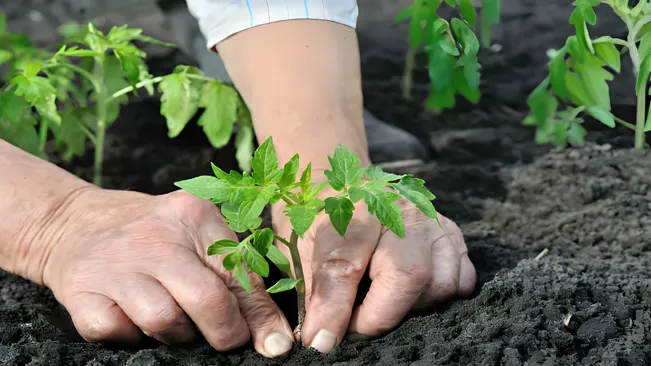
Understanding Tomato Plant Spacing
Why Spacing Matters
Spacing is crucial for several reasons. Firstly, it allows for adequate air circulation, reducing the risk of fungal diseases which tomatoes are prone to. Secondly, it provides each plant enough space to grow without competing for nutrients, water, or sunlight. Finally, proper spacing makes maintenance tasks like pruning, weeding, and harvesting easier.
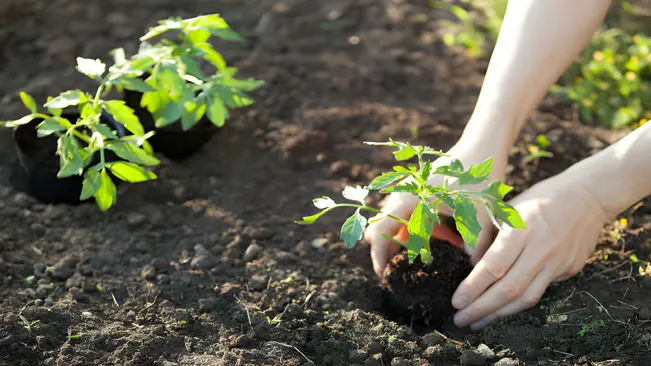
- Adequate Air Circulation: Proper spacing between tomato plants ensures good air circulation, reducing the risk of fungal diseases like early blight and powdery mildew.
- Reduced Disease Transmission: Adequate spacing between tomato plants helps prevent the rapid spread of diseases, acting as a barrier against the transmission of pathogens.
- Access to Sunlight and Resources: Spacing tomato plants appropriately prevents competition for sunlight and resources, ensuring stronger growth and better fruiting.
- Improved Pollination: Proper spacing allows for better pollination by giving bees and other pollinators enough space to move between plants.
- Easier Maintenance: Adequately spaced tomato plants are easier to maintain, allowing for simpler pruning, staking, weeding, and harvesting.
- Healthy Root Development: Proper spacing allows tomato plant roots to grow and access nutrients and water effectively, essential for healthy plant development.
- Temperature Control: Appropriate spacing of tomato plants helps maintain a cooler soil temperature and prevents heat stress, especially in hot climates.
- Reduced Pest Problems: Spacing tomato plants properly can reduce pest infestations and make pest management easier.
Determining Spacing Needs
Spacing depends on several factors including the variety of tomato, the type of growth (determinate or indeterminate), and whether they are grown in the ground, raised beds, or containers.
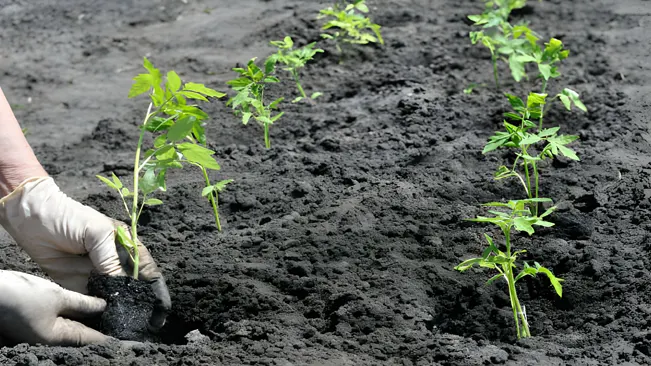
Determinate vs. Indeterminate Tomato Plants
- Determinate Tomato Plants: Also known as “bush” tomatoes, these plants grow to a fixed mature size and tend to ripen all their fruit around the same time. This characteristic makes them a popular choice for those who want to harvest their tomatoes over a short period, like for canning. Since these plants are more compact and have a more controlled growth habit, they require less space than their indeterminate counterparts. The general spacing recommendation for determinate tomato plants is about 18 to 24 inches apart in rows spaced 3 to 4 feet apart.
- Indeterminate Tomato Plants: Unlike determinate tomatoes, indeterminate varieties continue to grow and produce fruit throughout the growing season until the first frost. They can grow quite large and sprawling, necessitating more space to accommodate their size and to ensure adequate air circulation and sunlight penetration. Indeterminate tomato plants are usually spaced about 24 to 36 inches apart, with rows spaced 4 to 5 feet apart. These plants are ideal for gardeners who prefer a steady supply of tomatoes throughout the growing season.
Variety Specifics
- Every tomato variety may have slightly different spacing requirements based on its growth habit and size. For example, some heirloom varieties can become very large and might need more space compared to a more compact hybrid variety.
- It’s crucial to refer to the information on the seed packet or the plant label for specific spacing recommendations. These instructions are tailored to the unique characteristics of each variety, ensuring that they have the right amount of space to thrive.
Growing Environment
- In-Ground Planting: Traditional in-ground planting allows for more space, so following the general guidelines for spacing based on the tomato type (determinate or indeterminate) is usually effective.
- Raised Beds: In raised beds, efficient use of space is key. You might opt for slightly closer spacing than in traditional in-ground gardens, but ensure that there is still enough room for air circulation and maintenance activities.
- Containers: If you’re growing tomatoes in containers, make sure each plant has enough space to grow without competition. A single tomato plant per container is a good rule of thumb, with the container size being at least 18 inches in diameter.
Recommended Spacing Guidelines
In-Ground Planting
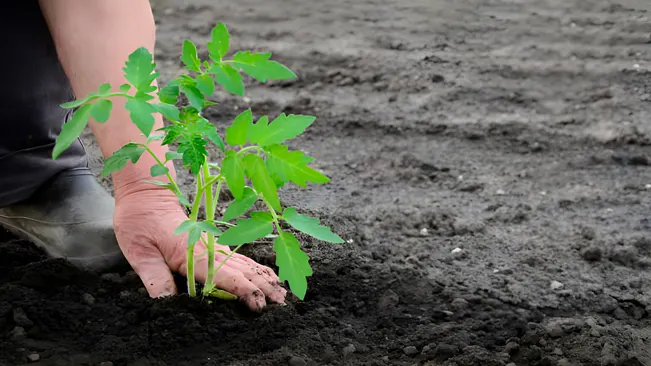
Indeterminate Varieties
- These varieties continue to grow throughout the season and can become quite large.
- Spacing them 24 to 36 inches apart allows each plant to have enough room to grow without competing for nutrients and light.
- Keeping rows 4 to 5 feet apart gives you sufficient space to walk between them for maintenance and harvesting, and it ensures that plants in adjacent rows don’t overshadow each other.
Determinate Varieties
- Since these plants grow to a fixed size and are generally more compact, they can be planted closer together.
- A spacing of 18 to 24 inches between plants is usually adequate.
- Rows 3 to 4 feet apart are sufficient for these varieties, accommodating their smaller spread and making it easier to manage them.
Raised Beds

- In a raised bed, plants often receive more consistent soil quality and drainage.
- You can plant tomatoes closer in raised beds, utilizing space more efficiently.
- Indeterminate tomatoes should be spaced about 18 to 24 inches apart. This slightly reduced spacing still allows for ample growth but takes advantage of the controlled environment of a raised bed.
- For determinate tomatoes, spacing can be reduced to 12 to 18 inches. Since they have a more compact growth habit, they thrive even in this closer arrangement.
Container Planting
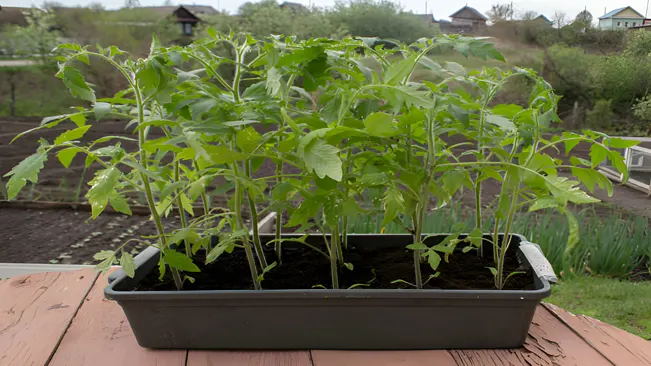
- Container planting requires careful consideration of both the container size and the tomato variety.
- Each tomato plant should be in a pot that’s at least 18 inches in diameter to ensure enough room for root growth.
- This size also helps retain enough soil moisture, as smaller pots dry out quickly.
- Container planting is suitable for both determinate and indeterminate varieties, but the latter may require larger containers or more frequent watering and fertilization due to their larger size and longer growing season.
Tips for Successful Tomato Growing
Staking and Support
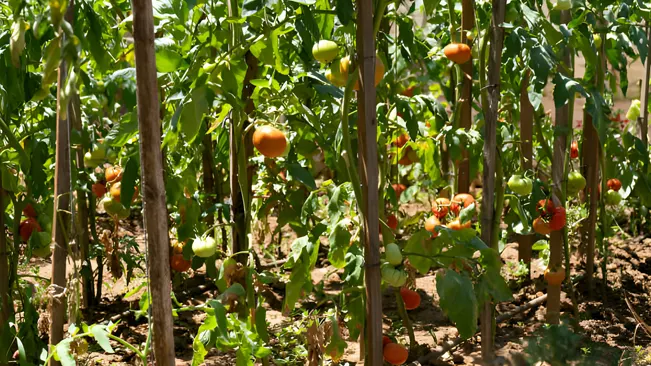
- Why It’s Important: Tomato plants, especially indeterminate varieties, can grow quite tall and become heavy with fruit. Without support, branches may break or the plant might sprawl on the ground, making it more susceptible to pests and diseases.
- Methods: There are several ways to support tomato plants:
- Stakes: A simple and common method. A stake is placed next to the plant and as the tomato grows, it is gently tied to the stake.
- Cages: Tomato cages are placed around the plant. They provide support on all sides and are ideal for bushier, determinate types.
- Trellising: For larger gardens or indeterminate varieties, a trellis system can be effective. This involves training the plant to grow up a lattice structure.
- Tips: Install stakes or cages early in the season to avoid disturbing the roots later. Use soft ties like cloth strips or special plant ties to avoid damaging the stems.
Watering Practices
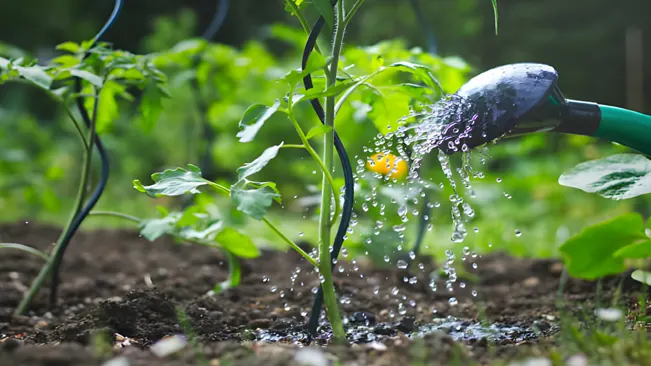
- Consistency Is Key: Tomatoes prefer a consistent watering schedule. Irregular watering can lead to problems like blossom end rot or fruit cracking.
- Method: Water at the base of the plant to keep water off the leaves, which helps prevent fungal diseases. Using a soaker hose or a drip irrigation system can be very effective for this.
- Amount: The general rule is about 1-2 inches of water per week, but this can vary depending on your climate and soil type.
Pruning

- Purpose: Pruning helps increase air circulation, reduce disease, and can lead to larger and healthier fruits.
- Indeterminate Varieties: Regularly prune these by removing the “suckers,” which are the small shoots that appear in the axils between the branches and the main stem. This helps the plant focus its energy on fruit production rather than excessive foliage.
- Determinate Varieties: These require less pruning as they naturally grow to a fixed height.
Soil Health
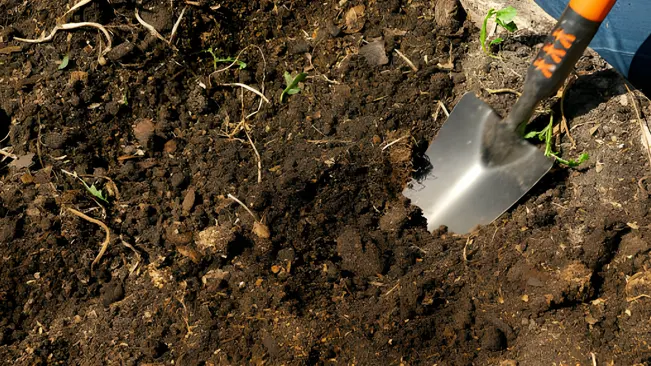
- Fertilization: Start with a balanced fertilizer when you plant, and then as the fruit sets, switch to a fertilizer higher in phosphorus and potassium to promote fruit development.
- Composting: Adding compost helps improve soil texture and fertility. Compost adds essential nutrients back into the soil and helps retain moisture.
- pH Level: Tomatoes prefer slightly acidic to neutral soil (pH 6.2 to 6.8). You can test your soil’s pH and adjust it if necessary.
Conclusion
Spacing your tomato plants correctly is key to achieving a bountiful and healthy harvest. By understanding the needs of your specific tomato variety and providing adequate space, you’ll encourage stronger growth, minimize disease, and simplify garden maintenance. Remember, the key to a successful tomato garden lies in the details – spacing is just the beginning!
FAQs (Frequently Asked Questions)
- Why is spacing important when planting tomatoes?
Spacing is crucial for ensuring adequate air circulation, which helps prevent fungal diseases. It also reduces competition for nutrients, water, and sunlight, leading to healthier and more productive plants. - What is the recommended spacing for tomato plants in the ground?
Generally, indeterminate tomato plants should be spaced about 24 to 36 inches apart, with rows 4 to 5 feet apart. Determinate varieties can be closer, about 18 to 24 inches apart, with rows 3 to 4 feet apart. - Does tomato variety affect how far apart they should be planted?
Yes, different tomato varieties have different spacing requirements. This is especially true when comparing determinate (bush) and indeterminate varieties. - How closely can I plant tomatoes in a raised bed?
In raised beds, tomatoes can be planted slightly closer together. Indeterminate varieties should be about 18 to 24 inches apart, while determinate varieties can be 12 to 18 inches apart. - Is spacing different for tomatoes grown in containers?
Yes, when growing tomatoes in containers, each plant should be in at least an 18-inch diameter pot to ensure enough space for growth and root development. - Can overcrowding affect the health of tomato plants?
Absolutely. Overcrowding can lead to poor air circulation, higher susceptibility to diseases, and competition for nutrients, all of which can negatively impact plant health and fruit yield. - Should I adjust spacing if I plan to use tomato cages or stakes?
Using cages or stakes doesn’t necessarily change the spacing requirements, but it can help manage plant growth and maintain better air circulation. - How does improper spacing affect tomato yield?
Improper spacing can reduce yield by limiting the resources available to each plant and increasing the risk of disease and pest infestation. - Can pruning help if my tomatoes are planted too close together?
Yes, regular pruning, especially of indeterminate varieties, can mitigate some of the issues caused by close planting, like poor air circulation. - Is there a difference in spacing needs for cherry tomatoes versus larger varieties?
Yes, cherry tomatoes, often being indeterminate, may require more space to grow due to their vining habit. However, specific spacing can vary by variety, so it’s always best to check the plant label or seed packet.

Kristine Moore
Forestry AuthorI'm Kristine Moore, a seasoned garden landscaping professional with over 30 years of experience. My extensive career has been dedicated to transforming outdoor spaces into stunning, sustainable landscapes. With a deep understanding of horticulture, design principles, and environmental stewardship, I have become a respected figure in the field, known for creating harmonious, visually appealing, and eco-friendly gardens. My commitment to excellence and continuous learning in landscaping trends and techniques has solidified my reputation as an expert in garden design and implementation.

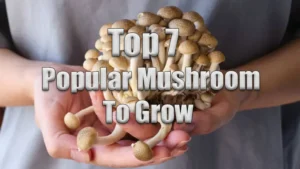

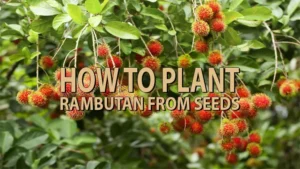

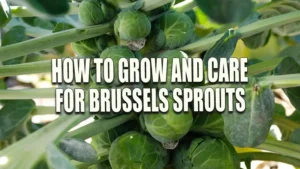
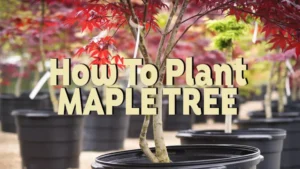


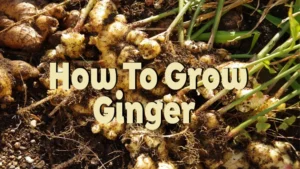
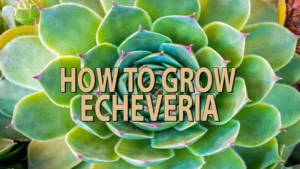

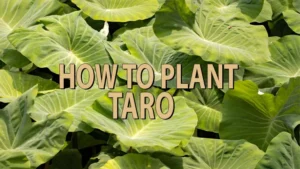
Leave your comment